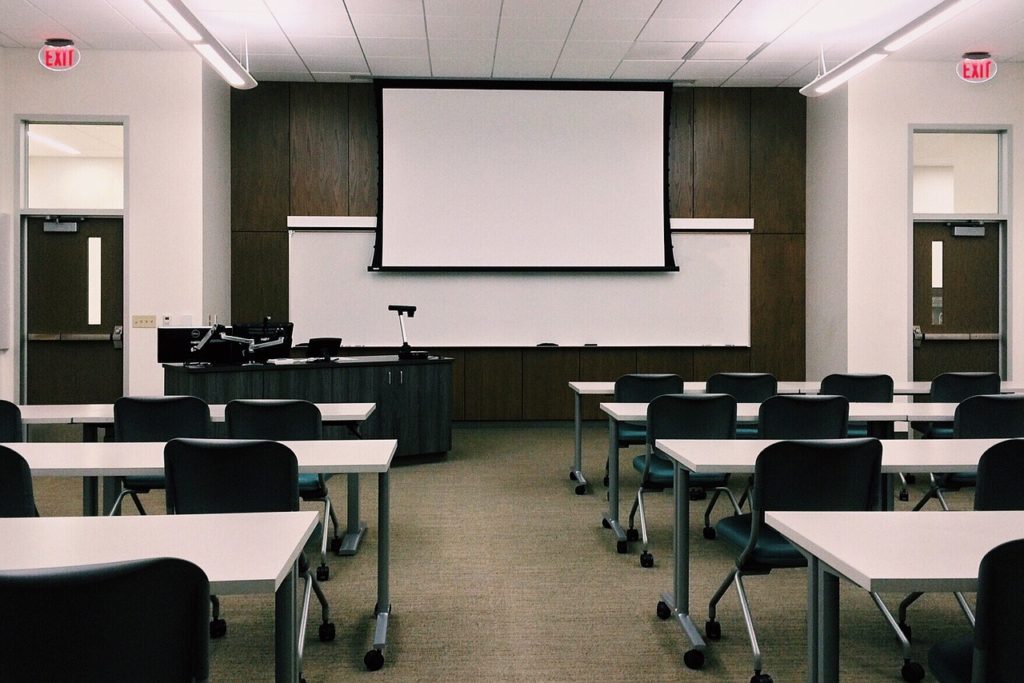Dear Friends of the Pub Quiz,
This past Friday I got to host the yearly Summer Institute on Teaching and Technology (SITT) at UC Davis. I’ve been involved in coordinating or hosting SITT for what feels like 20 years, and it is an exciting (and draining) culmination of a lot of the work I do every year with the instructional designers and graduate student researchers who are part of my team at Academic Technology Services.
Our theme this year was “Building in Active Learning.” Reflecting on that phrase, my poet’s brain reflected on all the “acting” we do as faculty as we attempt to “build learning” in our UC Davis classrooms. The students happily watch us (as faculty) at the front of our classrooms, sometimes happy that the “sage is on the stage,” but also wondering what exactly they should be doing while we ham it up in the front of the room while wearing a lapel microphone. We faculty feel that all the world’s our stage as we flip the next textbook page.
Now, of course, part of our “act” as teachers is reacting, reacting to what the students with their projects and responses to our assignments are building and rebuilding. Students don’t always immediately grasp the lessons we so dutifully create for them. In fact, sometimes it works this way: we build, they burn (or crash and burn), and then they rebuild, and we react. And then, we invite further rebuilding in response to our reacting, sometimes acting as if our reacting was the point of all this building.
I have learned, for myself, that my lectures can also lead to what might be called “churning.” How do we prevent the churning? By imagining that our lessons are giving our students kindling for burning! Sometimes this burning (curiosity, etc.) takes place only when we faculty learn to spurn the lectern.
In Shakespeare’s Romeo and Juliet, Benvolio says that “one fire burns out another’s burning.” I love that. Sometimes the professor’s impressive fires take up all the intellectual and active fuel and oxygen in the room. I argue that, rather than being the sole steward of this bonfire that we are imagining, the faculty member should light the long wick and stand back, in fact, stand way up in the back of the auditorium so that our students will engage in active learning without the added pressure of our nearby looming.
We faculty also need to do a better job of calling on our students, even when they don’t want us to. I say, pluck the student out from all her peers; for a moment, confirm her realized performance fears! Such a student quails, she pales when I put her on the spot, hoisting her ideas upon the scales. She takes no pleasure in all this measuring, but eventually her confidence grows when I let her take a turn, encourage her to stand; she will even learn something during the long walk up to the lectern. We allow too much sitting in our active learning buildings!
The meditation center has its gongs, while churches and schools have their bells. In each case, the ardent practitioner’s heart will sing if we provide the room and mic for them to do so. But we must spend more time reflecting on what active part students will play in all this learning. In my computer classrooms, that means letting my students wield the whiteboard markers. I like to think that Clark Kerr, the UC President who came up with California’s multiversity approach, would have handed over the marker. When we give students something to do, rather than just providing them content to record as if they were merely able transcriptionists, then we will find students willing and eager to learn and, when the bell rings or the gong gongs, sometimes we will find them even unwilling to adjourn.
For me, my primary legacy, and my most fulfilling work, would be the mentoring relationships that I have built with my launching and launched students. As Jim Rohn says, “Whatever good things we build end up building us.”
Tonight’s Pub Quiz will feature questions on topics raised above, as well as on the following: imaginary workplaces, Joseph Haydn, Alabama, significant exporters, unexpectedly Irish folklore, child labor laws, worker bees, technology owners, Asian parents, poets on beaches, loosely-defined theology, North Carolina, anticipatory measures, translated accomplishments, proxies, American engineers, phone numbers, dinosaurs, ornithology, lucky acts of dodging, keeping up with the Fords, grocery stores, lessons we can learn from twins, big cats, U.S. Senators, tickets, chimney sweeps, rivers, French speakers, famous literary characters, nurses, prize-winning fiction, falcons, welcome and forgotten “miracles,” space, rookie sensations, fire labs, American cars, repeated letters, numerical changes, rich plumbers, the rust belt, median ages, primary protagonists, and Shakespeare.
Speaking of Shakespeare, the new Davis Shakespeare Festival production opens this Friday, and tonight our theatrically-inflected pub quiz returns at 7. Last week everyone who arrived by 6:15 secured a table, while those who arrived closer to 7 were asked to wait and see what might turn up. I hope you will plan accordingly!
See you tonight.
Your Quizmaster
https://www.yourquizmaster.com
http://www.twitter.com/yourquizmaster
http://www.facebook.com/yourquizmaster
Here are three questions from last week’s quiz:
- Newspaper Headlines. As we learned in an article in Politico recently, Liberty University has about how many online and face-to-face students? Is it closest to 25,000, 50,000, or 100,000?
- National Mammals. What mammal has been chosen as the U.S. National Mammal?
- Bulldozers. What monosyllabic word do we use for the bulldozer’s large metal plate used to push soil, rocks, and gravel?
P.S. Poetry Night Thursday at 8 at the Natsoulas Gallery will feature Mischa Kuczynski and Elana K. Arnold, two sisters who graduated from the graduate creative writing program at UC Davis. Please join us!




